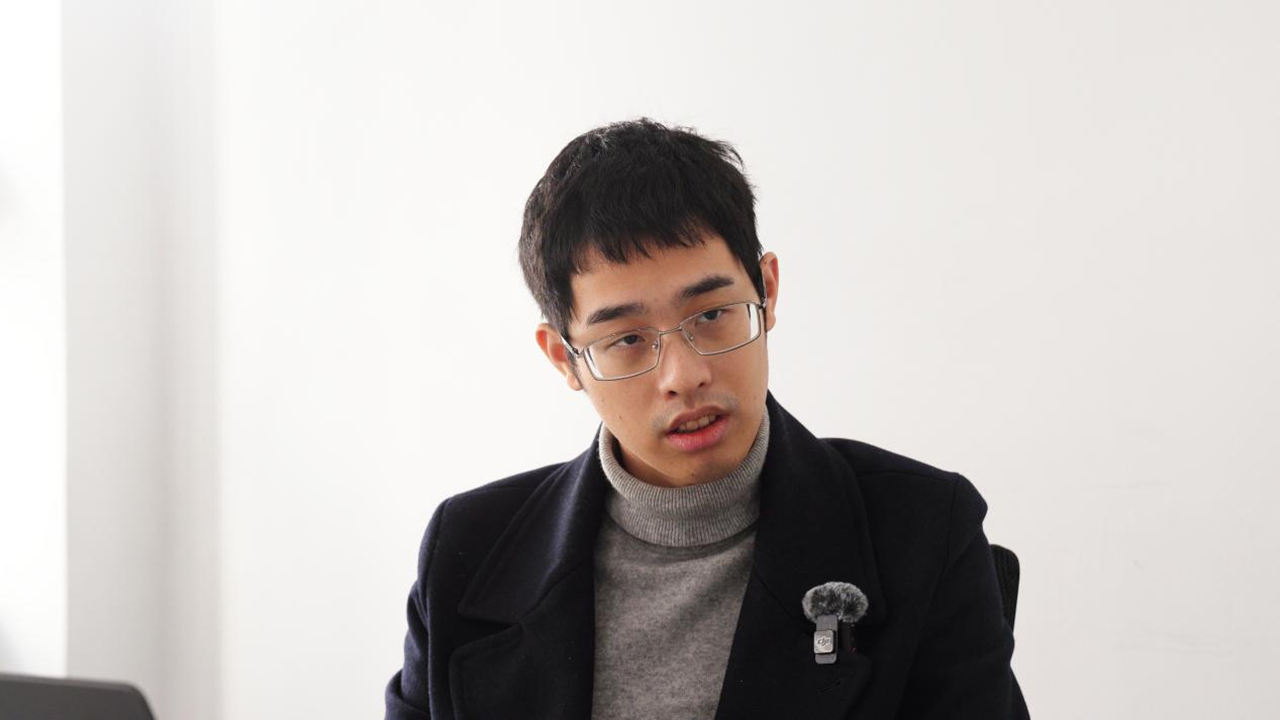SZ powers AI ecosystem
Writer: Wang Jingli | Editor: Lin Qiuying | From: Original | Updated: 2025-01-16

Ding Tian. Photo by Wang Haolan
From humanoid robots and surgical robots to coffee machines, Shenzhen has released nearly 200 urban artificial intelligence (AI) application scenarios in 2024, bringing convenience to citizens and empowering industrial development.
Ding Tian, a research scientist at the Shenzhen Research Institute of Big Data (SRIBD) and the Shenzhen International Center for Industrial and Applied Mathematics, noted that Shenzhen has made significant contributions to various aspects of the whole AI ecosystem.
Ding highlighted the city’s advancements in computing infrastructure as an example of how Shenzhen is emerging as a pioneer in AI.
“Modern AI requires vast computing resources to train highly intelligent models. Five years ago, we could use a single computing card to build a simple classification model, such as one for distinguishing human faces. But now, we have models like ChatGPT. These are large language models that require months of training and numerous computing cards. This is why computing resources are crucial for developing such models,” Ding explained in a recent interview with Shenzhen Daily.
Ding also praised the widespread application of AI across various industries in the city. “Shenzhen has developed vertical large foundation models for different sectors. For instance, in healthcare, our institute, in collaboration with The Chinese University of Hong Kong, Shenzhen, created HuatuoGPT to assist medical consultations,” Ding said.
According to Ding, HuatuoGPT was deployed in approximately 12 hospitals in Longgang District in 2024. “It performs exceptionally well, functioning almost like a human by guiding patients to the appropriate department for consultation,” Ding added.
“The local government and public sectors have also actively embraced AI applications. Their active adoption of AI has driven demand and encouraged startups and companies to provide AI services. Beyond healthcare, I've also seen AI-powered law enforcement supervision, infrastructure network optimization, and many others,” Ding remarked.
On the global stage, Ding observed a shift in AI development in the United States from universities to major enterprises such as Google, Meta, and OpenAI.
“These companies have invested heavily in training AI models and have recruited renowned AI researchers to advance the field,” Ding said, adding that SRIBD not only focuses on application research in AI but also on fundamental research in theory and algorithms. He emphasized the importance of fostering collaboration between AI researchers, academics, companies, and traditional industries to drive further innovation.
According to the 2024 Shenzhen Artificial Intelligence Industry Development White Paper, Shenzhen’s core AI industries reached an economic scale of 38.7 billion yuan (US$5.33 billion) by the end of 2023, a year-on-year increase of 12.1%. As of the end of December 2023, the total number of AI enterprises in Shenzhen reached 2,267.
An analyst from a research institute forecasts that by 2025, the core industry scale of Shenzhen’s AI sector is expected to surpass 47 billion yuan.
In 2023, the number of AI-related patent applications in the city reached 6,080, ranking Shenzhen second among major cities in the country.